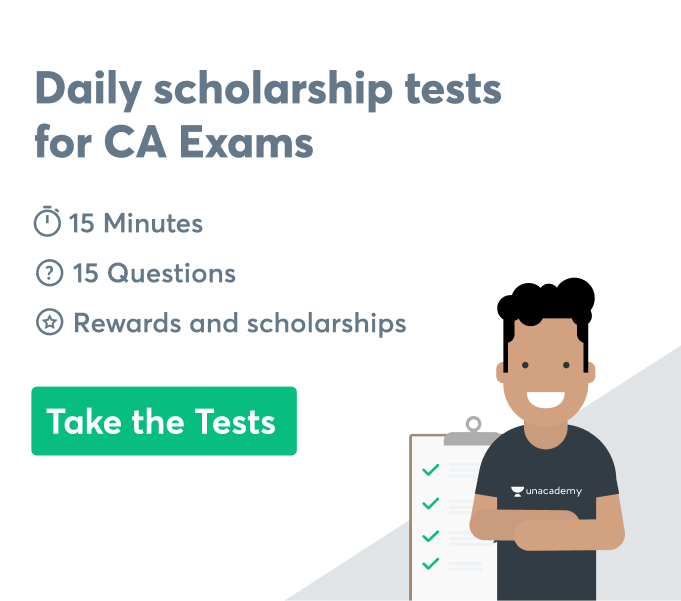Emails have now become one of the most popular ways of communication. It is mostly used for official communication in areas like a company or educational institutes, in the healthcare department, and one on one or among an enormous gatherings. Many people view email as a valuable method for speaking with people in overcrowded gatherings. It empowers clients to effectively send and get records, pictures, and join different documents. Moreover, it furnishes clients with the adaptability of speaking with others on their flexible timings.
What is Effective Mail?
Nowadays, we people heavily rely on emails for communication purposes. But some emails are way too long, and some have inappropriate information, some are formal, and the others are informal. Emails have become a source of communication that should be precise and clear. Effective mails share crisp and clear information, thereby saving the time of the reader and the recipient. For example, the mail is delivered, read by the reader, and then responded to the mail.
Format of Formal Email
Brushing up our email writing skills can also help us to boost our confidence. To write an effective mail, one needs to follow and apply some simple strategies to the writing. Some of the helpful tips are:
Subject Line
The subject line acts as a headline for your mail. While composing an email, it’s vital to compose a well-informed headline. As soon as the reader sees the headline, he should be clear about what your mail is about. For instance, if your mail is about the meeting or date and time, then the subject line for the mail should be the date itself, eg. Meeting on Monday, May 3.
An Appropriate Greeting
Avoid starting your mail by directly diving into the request or with the body itself, instead, start opening with an appropriate greeting or salutation.
This can help make a professional impression. Be certain to utilise the proper degree of formality.
For a formal one, it’s by and large best to utilise Sir, Ma’am, Mr., Ms., accompanied by the individual’s last name. (avoid writing ‘Mrs.’ if you don’t know whether the woman is married or not, it can be offensive).
For an informal one, one could simply use the individual’s first name followed by a comma or add dear or hello before the name.
Organise Your Message
Never hurry with your message. To start with, settle on the reason for your email and what result you anticipate from your communication. Then, think from the viewpoint of the readers of your mail and what he/she/they may require your message to convey for securing the planned outcome. Before starting with your message, try to organise your thoughts and clarify the message you want to convey.
The tone of Your Message
When you are communicating through email, your words are not upheld by signals, voice expressions, or different prompts, so it may be more straightforward for somebody to misread your tone. For instance, mockery and jokes are regularly misjudged in messages and may offend the viewers.
Proofreading
Before you mail your message, make sure you check for grammatical errors, spelling mistakes, and punctuations. Your email describes your professional image.
Crisp and Clear Message
We invest a great deal of energy in understanding messages. And as a result of this, many individuals essentially check messages to get the crux of a message and then move on to the next. Messages should be clear and compact. Try to keep your sentences short and to the point. The body of the email ought to be immediate and enlightening, and it ought to contain all appropriate data.
Simple Closing
Once you are done with the body of your mail, try to end it with a simple closing that is straightforward and not too fancy and detailed. A simple sincere, best/warm regards, Thank you, etc., can be a safe and good way of closing.
Importance of writing an Effective Mail
It is undeniable that email plays a significant role in today’s corporate correspondence. Email communication has become one of the most important commercial interchanges a vast number of messages are sent from organisations to clients and clients regularly, from representatives to their bosses, and from one colleague to the next. It’s critical to get your emails’ specific situation and message correctly. How you form your email through words, tone, and design can change how the beneficiary understands and processes your message. Therefore it is essential to develop your effective email skills because:
- At the point when the subjects and content of your messages don’t stick out, odds are your messages may go disregarded or neglected.
- Emails that are poorly composed can establish a terrible first impression.
- Some ineffective emails can create doubts, errors, indecision, confusion, and project postponements.
- At the point when messages aren’t successful, you might wind up with nothing explainable, which implies more messages to pursue and compose.
Formal Mail
A formal email is sent to both employees and customers of the company and business partners and suppliers. As a result, the tone and language should be formal, with a clear goal and concise, precise content. Contractions can be used in place of full sentences.
How to Write a Formal Email?
From: The e-mail address of the sender
To: E-mail address of the recipient
Cc: The same email is sent to additional recipients with their e-mail addresses visible to the entire group (Cc means carbon copy).
BCC: The names and email IDs of the Bcc recipients are hidden from the mail recipient, but the Bcc recipients can see the mail recipient’s ID.
Subject: States the mail’s line of purpose
Salutation: A salutation like “Dear Miss Priya” should be used at the beginning of the email. Addressing the recipient by name is always a good idea.
Main Body: It contains the bulk of the message’s content.
- a) The first paragraph should introduce the main idea or purpose of the email;
- b) the body of the email should provide relevant information.
Closing: Be sure to end with an actionable recommendation or suggestion:
1) Recommendations for resolving this issue; 2) Recommendations for allocating responsibility for this problem to selected individuals.
Attachments: Send a list of all the necessary documents along with the attachments.
Adding ‘Please find attached.’ to the beginning of a list of documents lets the recipient know there are attachments.
Signature Line: Includes the sender’s signature, name, and position. The recipient will appreciate it if you include their email address and phone number.
Example of a Formal Email
Priya Jain, Project Manager, has resigned from her position. The resignation email can be found below. The email is addressed to her immediate boss, Mr Ravi Sharma, and to the other members of his team, advising them of the transfer of the already underway project.
To: Mr. Ravi Sharma
CC/BCC: Mr.Shashikant Kumar, Mr. Sema Nagpal
Subject: Handover of ABC Project
Dear Mr. Sharma,
For your information, I would like to inform you that I will be terminating my employment with this organisation on June 5, 2022. I am writing to inform you that project ABC is 70% completed and that additional effort on our part will be required in the following month to bring it to a successful conclusion. I would like to hand over the project information to you now as I am in the final week of my notice period so that you may move forward with the project as planned.
I have forwarded the appropriate information to the client, alerting them of the change in the primary point of contact. It is expected that they will communicate with you directly starting on the 2nd of June, 2017. As a result, I’m providing the project files as an attachment to the email.
If you require any clarification on the project, please do not hesitate to contact me.
Thanks and Regards!
Priya Jain
Project Manager
Conclusion
Composing an email sincerely appears to be sufficiently simple – type up your subject, work out the substance, and snap send. In any case, this is a confusion that can prompt miscommunication. A lot more goes into composing great messages than you may suspect. It’s vital to get your mail’s specific situation and message right. How you form your email through words, tone, and design can change how the beneficiary appreciates and process your message. Effective mail writing can be challenging at times and gets confusing. That’s why it is essential to follow the tips and apply them so that you don’t cause a disaster in your message. But once you get to know your audience, it’s not that difficult.
 Profile
Profile Settings
Settings Refer your friends
Refer your friends Sign out
Sign out






